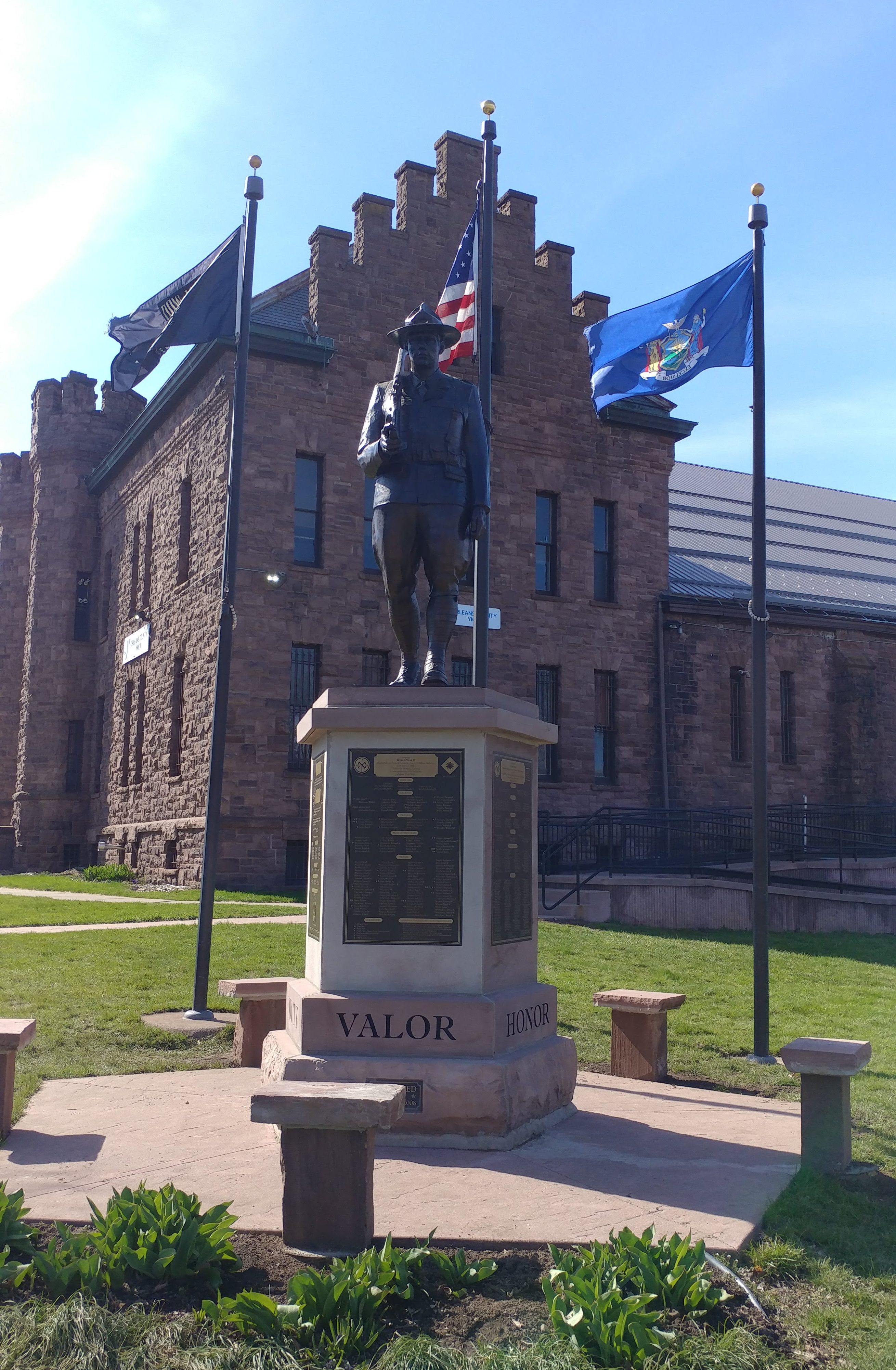It was during the Oahu assignment that a number of F Company personnel were assigned as Cadre for units being formed in the “States” and a number of enlisted men returned to Fort Benning Ga., for Officer Candidate School. Of the original 125 enlisted men, 18 were commissioned as second lieutenants in the Army of the United States. Hundreds of National Guard units, some of them being our most historic, were broken up during the period of World War II. No explanation has ever been forthcoming why this was done, and it would be difficult, indeed, to explain the reason why, when our divisions were converted to the triangular type, the surplus units were not utilized to organize from six to nine divisions with all trained personnel instead of organizing new divisions with untrained men.
Among those sent home for school and /or to serve in other units and theaters of war were Captain Stanley Swiatek, 1Lt. John E. Butts, 1Lt. Thomas Morien, 2Lt. Leonard G. Kenyon, T/Sgt. Wilfred G. Wheatley, SSG. Howard F. Clark and Cpl. David Bacon. SSG Joseph E. Byrnes,1st Lt. Stanley T. Skomski, 1Lt. Francis J. Garbarino the company clerk transfered to the 8th Army Air Force in England. Cpl. Anthony J. Castricone died as a result of an appendectomy at Fort McClellan in Nov. 1944. SSG. Anthony C. Biernacki died of strep throat during furlough home.
At this time, I would like to include a tribute to 1Lt. John E. Butts, who was killed in action in France, and was awarded the Congressional Medal of Honor and promoted posthumously.
Second Lieutenant, Co. E, 60th Inf., 9th Inf. Division. Normandy France, 14, 16 and 23 June 1944. Citation: Heroically led his platoon against the enemy although painfully wounded on the 14th near Orglandes and again on the 16th while spearheading an attack to establish a bridgehead across the Douve River, he refused medical aid and remained with his platoon. A week later, near Flottemanville Hague, he led an assault on a tactically important and stubbornly defended hill studded with tanks, anti-tank guns, pillboxes and machinegun emplacements, and protected by concentrated artillery and mortar fire. As the attack was launched, 2Lt. Butts, at the head of his platoon, was critically wounded by German machinegun fire. Although weakened by his injuries, he rallied his men and directed one squad to make a flanking movement while he alone made a frontal assault to draw hostile fire upon himself. Once more he was struck, but by grim determination and sheer courage continued to crawl ahead. When within 10 yards of his objective he was killed by direct fire. By his superb courage, unflinching valor and inspiring actions, 2nd Lt. Butts enabled his platoon to take a formidable strong point and contributed greatly to the success of his battalions mission.

